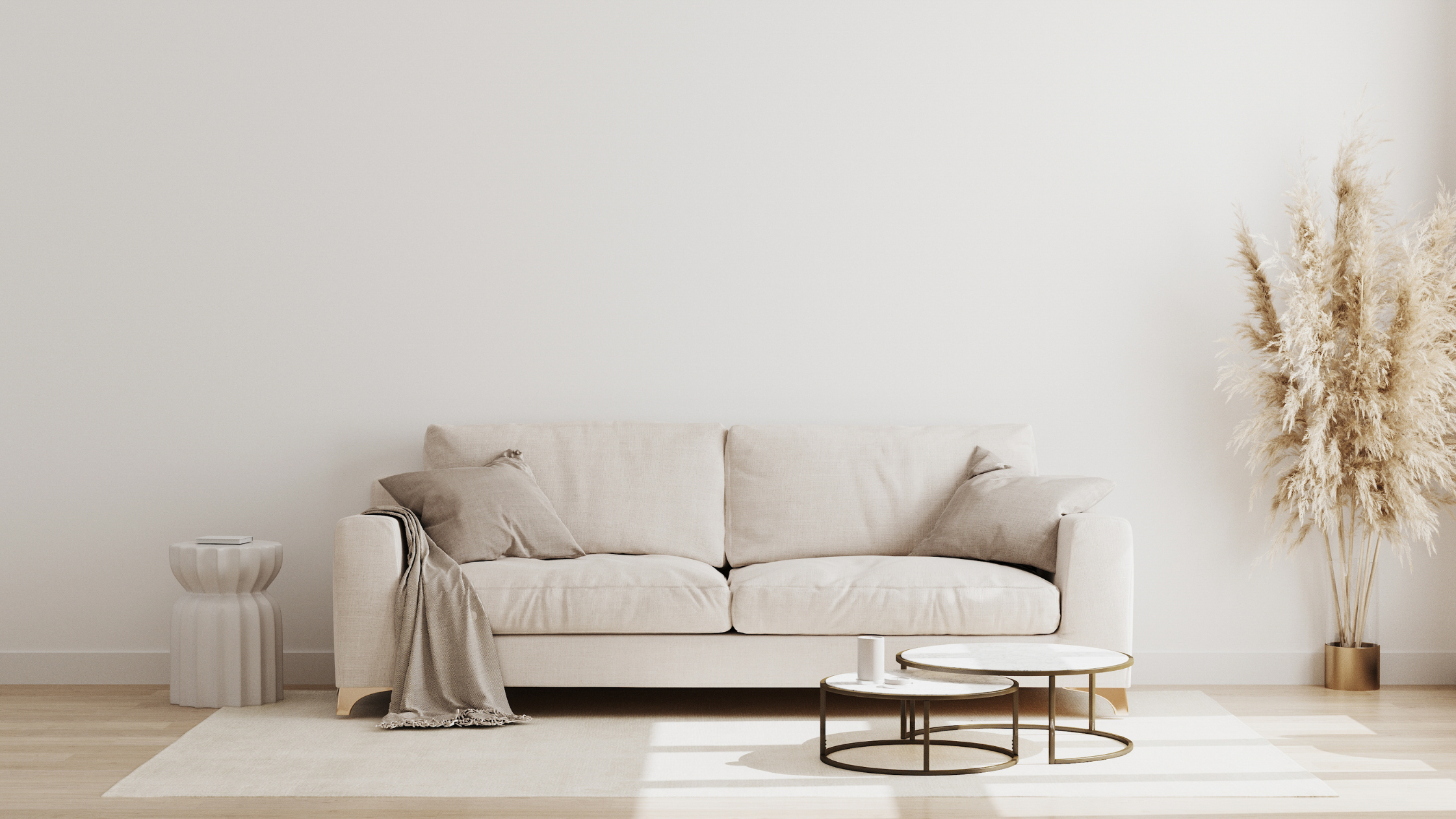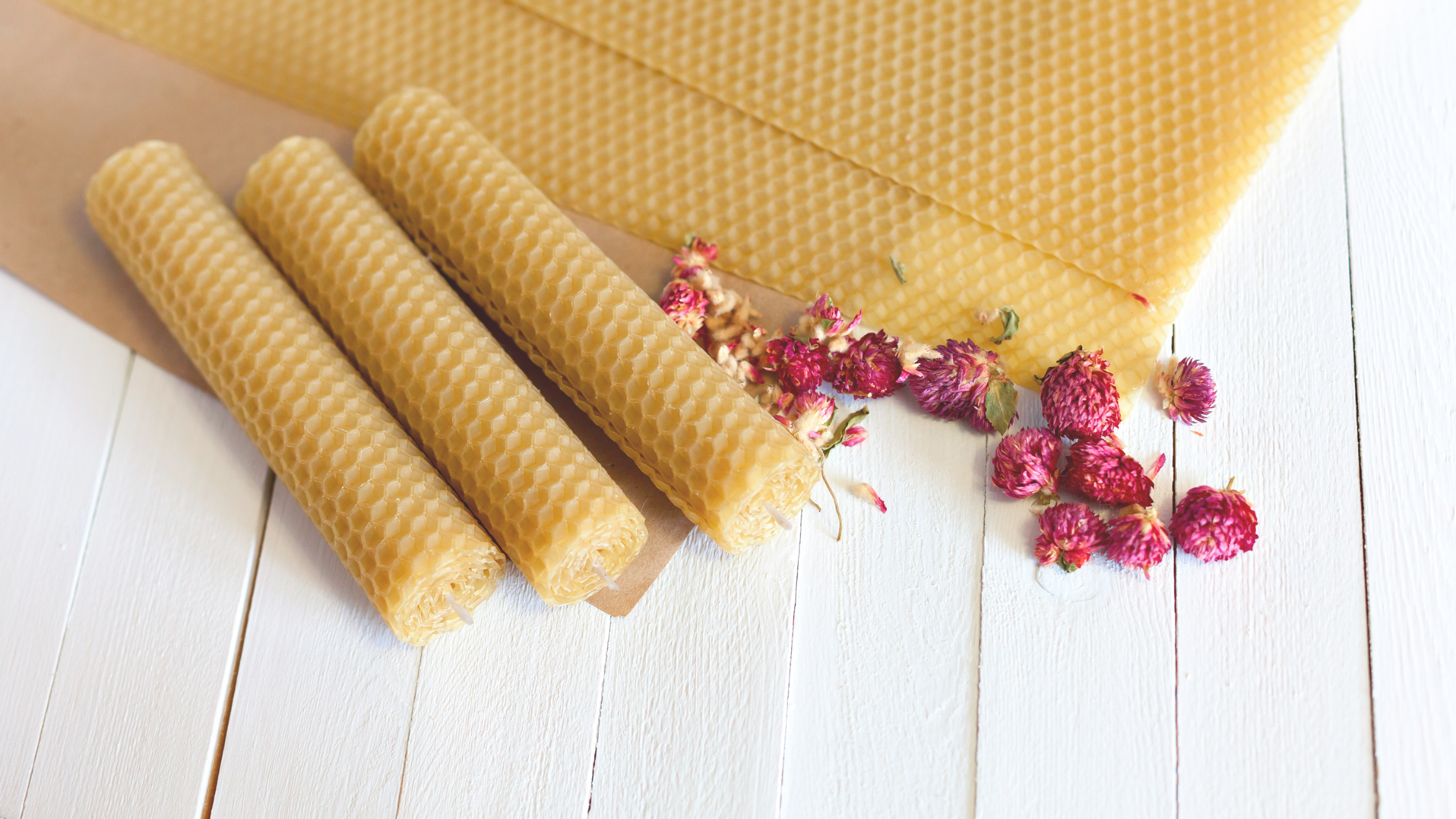More and more people are turning to minimalist home decor as a way to create a sense of calm and order in their living spaces. This design philosophy focuses on simplicity, functionality, and the elimination of excess, aiming to craft spaces that are not only beautiful but also conducive to relaxation and well-being. Beyond just a trend, minimalist decor is a lifestyle choice that can enhance mental clarity, reduce stress, and promote a healthier way of living. In this blog, we’ll explore why minimalist decor is captivating so many people and how it can positively impact your life, and practical tips for incorporating this style into your own home.
1. Less is More: The Essence of Minimalism:
At the core of minimalist decor is the idea that less is more. This means decluttering spaces and keeping only what is essential, which allows for a cleaner, more open environment. By minimizing distractions and focusing on simple, well-chosen pieces, you create a space that feels more spacious and organized. This approach not only enhances the visual appeal of a room but also makes it easier to maintain and clean. The minimalist mantra of “quality over quantity” encourages homeowners to invest in fewer, high-quality items that will stand the test of time, providing both function and beauty.
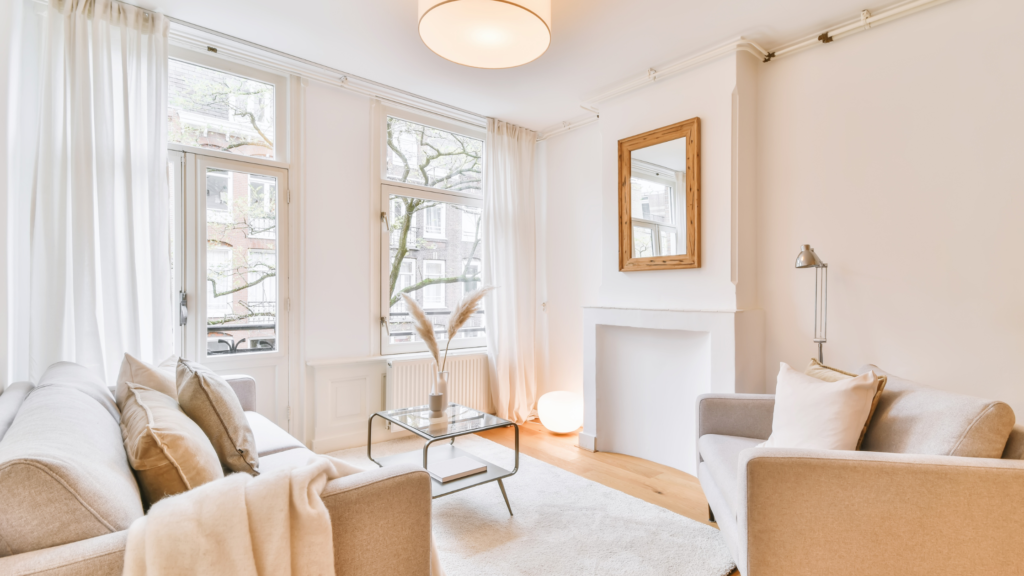
2. The Psychological Benefits of Minimalist Decor:
Minimalist home decor isn’t just about aesthetics; it also has significant mental health benefits. Research suggests that cluttered environments can increase stress and anxiety, while clean and orderly spaces promote a sense of calm and well-being . By reducing visual noise and creating a serene environment, minimalist decor can help improve focus and productivity, making it a popular choice for home offices and workspaces. Additionally, a minimalist bedroom can enhance sleep quality by creating a restful atmosphere free from distractions .
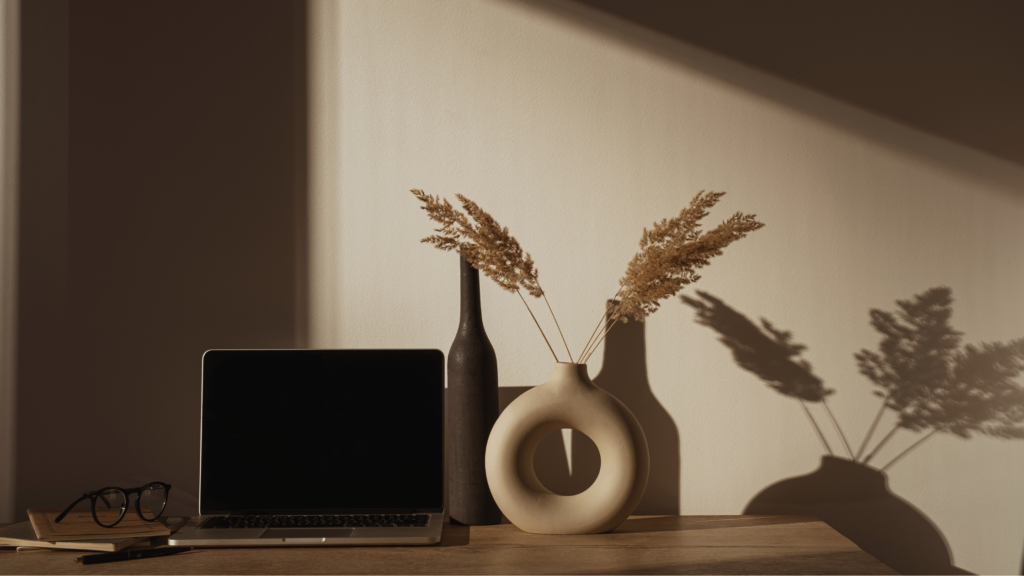
3. Practical Tips for Incorporating Minimalist Decor:
– Neutral Color Palette:
-Use a neutral color palette as the foundation of your design. Whites, beiges, and grays provide a calming backdrop that complements minimalist principles. These colors reflect light, making spaces appear larger and more open.
– Functional Furniture:
-Choose furniture that serves multiple purposes, such as a sofa bed or storage ottoman. This not only maximizes space but also keeps the room from feeling cluttered. Opt for sleek lines and simple designs to maintain a cohesive look.
– Declutter Regularly:
-Make decluttering a habit. Regularly go through your belongings and get rid of anything that is not useful or meaningful. This helps maintain the minimalist aesthetic and prevents accumulation of unnecessary items.
- Click here for some helpful tips: Fall Checklist: Deep Cleaning and Organizing for Fall
– Art and Accessories:
-Keep decorations simple and intentional. Select a few pieces of art or decor that you love and that align with the minimalist style. This could include a single piece of statement art, a vase with fresh flowers, or a few curated books.
– Natural Light and Plants:
-Emphasize natural light to create an airy feel. Use sheer curtains to let in light and incorporate indoor plants to bring a touch of nature inside. Plants not only enhance the aesthetic but also improve air quality and add life to the space.
- Related article: 5 Perfect Options For Indoor Flowers:
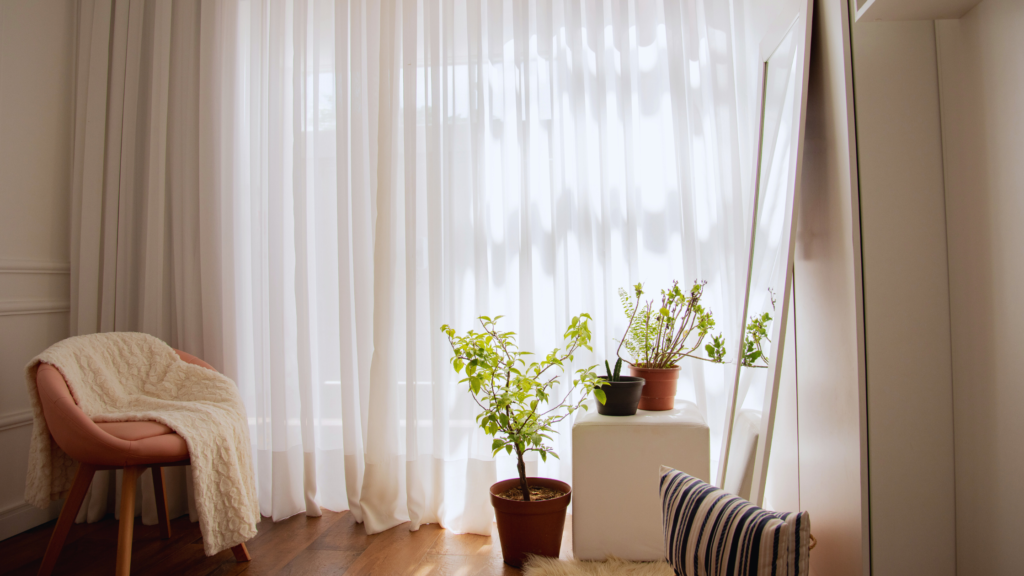
4. Sustainability and Minimalism:
-Minimalist decor is inherently sustainable. By purchasing fewer items and focusing on high-quality, durable goods, you reduce waste and consumption. Many minimalist designs also incorporate natural materials like wood, stone, and cotton, which are eco-friendly and sustainable. The emphasis on sustainability aligns with a growing awareness of environmental issues, making minimalist decor not only a personal choice but also a responsible one .
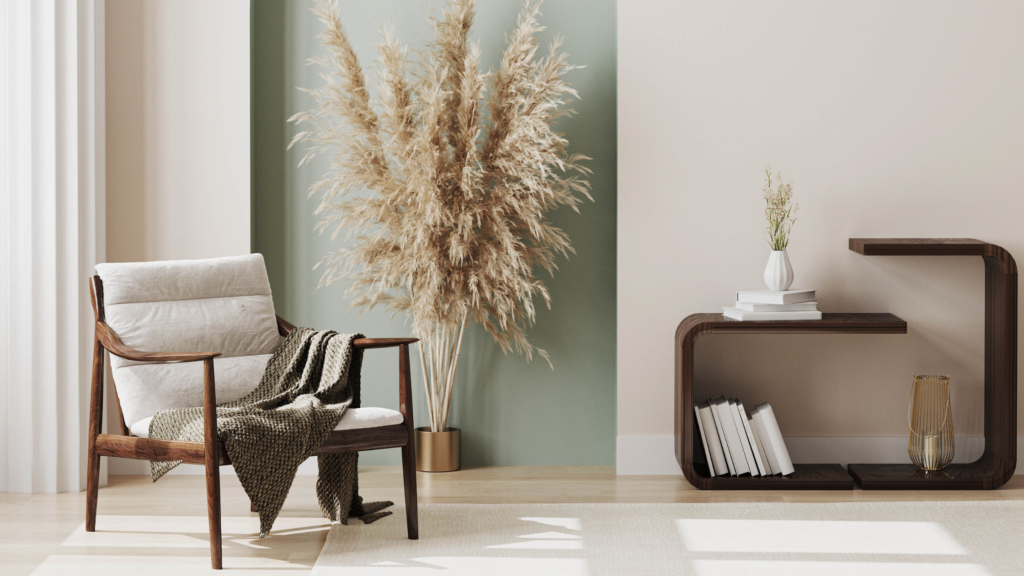
5. Minimalism and Emotional Well-being:
-Creating a minimalist home is about more than just reducing physical clutter; it’s also about achieving emotional clarity. A minimalist space can serve as a sanctuary, providing a retreat from the chaos of the outside world. The act of decluttering can be therapeutic, helping individuals let go of emotional baggage associated with possessions. This simplicity fosters a sense of peace and contentment, making minimalist decor a valuable tool for improving overall mental health and well-being .
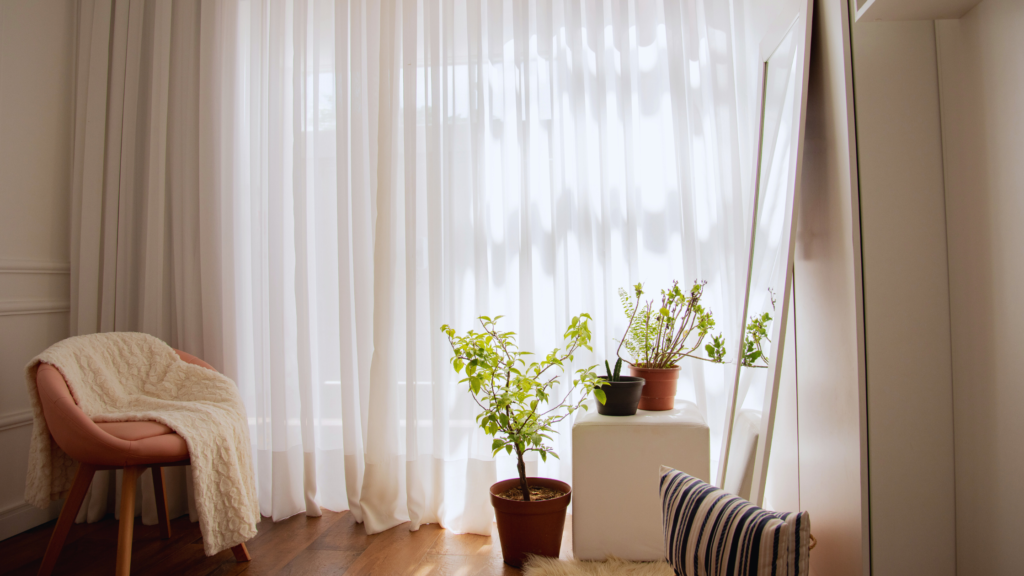
The allure of minimalist home decor lies in its ability to transform living spaces into sanctuaries of simplicity, calm, and functionality. By embracing the “less is more” philosophy, we can create environments that not only look beautiful but also enhance our mental and emotional well-being. Whether you’re looking to make small changes or fully embrace the minimalist lifestyle, these tips can help you cultivate a home that reflects clarity, peace, and purpose. In a world full of distractions and noise, minimalism offers a path to a more mindful and intentional way of living.
Happy decorating! x
Sources:
- “The Life-Changing Magic of Tidying Up” by Marie Kondo.
- “Minimalism: A Documentary About the Important Things” (2016).
- Mayo Clinic. “Clutter Control: Is Your Messy House Making You Fat?”
- “A Room of One’s Own: Minimalism for the Modern Era.” Minimalism Magazine.
- Healthline. “The Psychological Benefits of Minimalist Home Decor.”
- Apartment Therapy. “How to Declutter Your Home: A Step-by-Step Guide.”
- MindBodyGreen. “The Power of Decluttering and Its Benefits to Mental Health.”
- The New York Times. “How to Make Your Home More Sustainable With Minimalism.”
- Architectural Digest. “The Best Ways to Decorate With Minimalism in Mind.”
